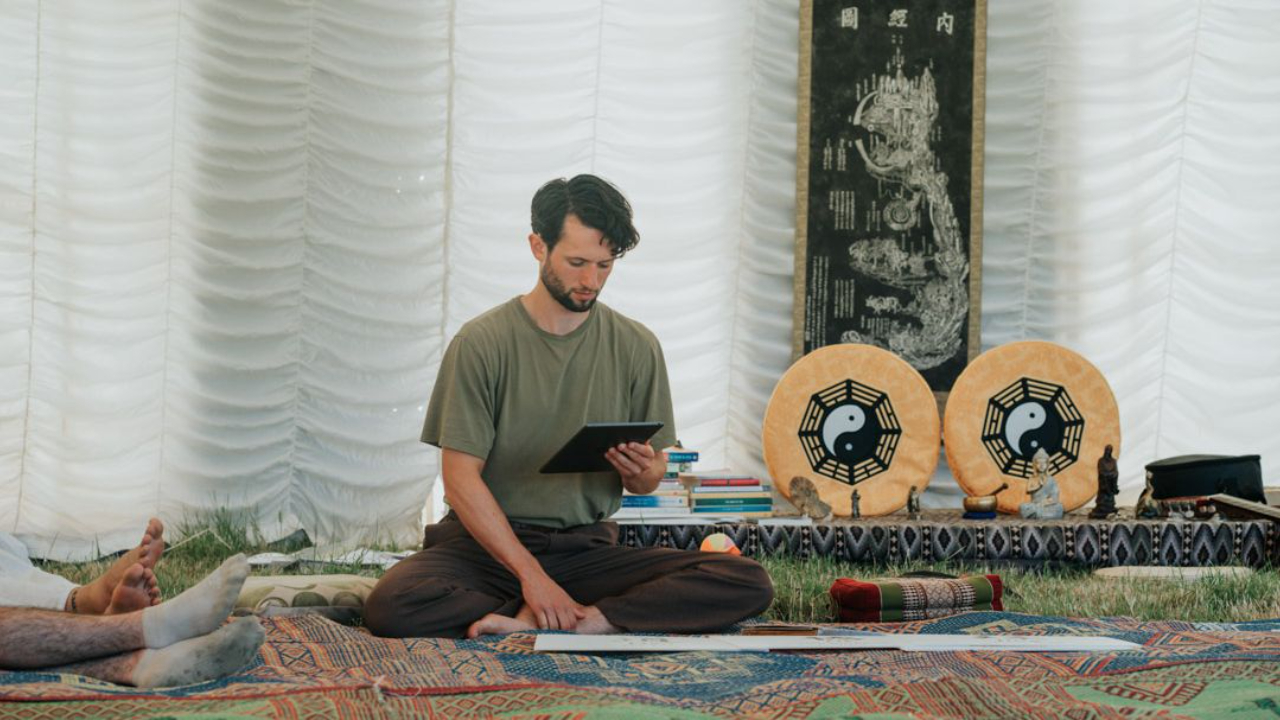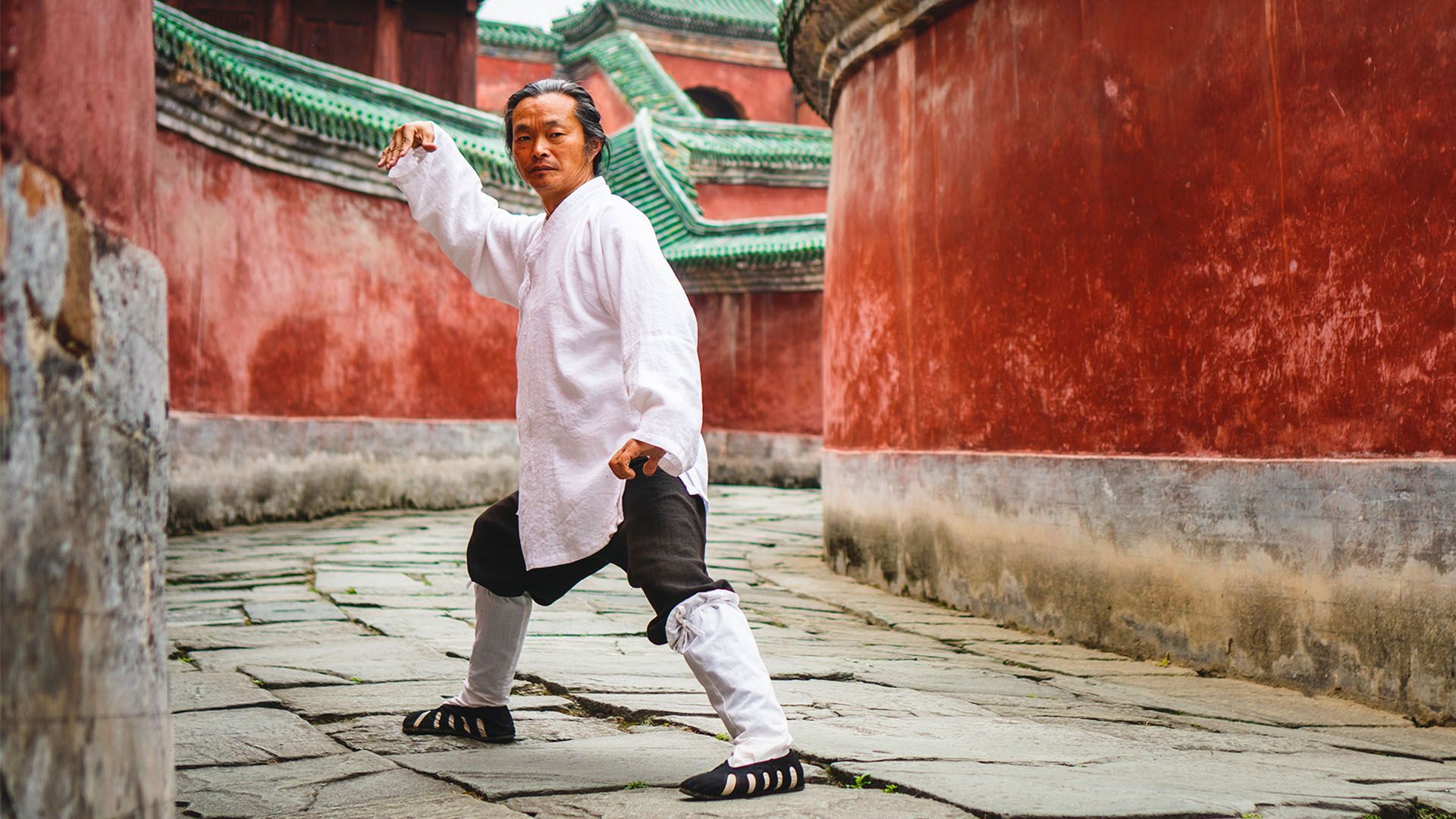Mat Pilates for beginners: 5 Easy Exercises
Apr 18, 2024
Struggling to find a low-impact workout that enhances both strength and flexibility? Research has highlighted the benefits of Pilates for improving posture, flexibility, and muscle strength, making it an ideal choice for beginners. Mat Pilates, in particular, offers a series of exercises that can be performed with just a mat and your body, focusing on core strength and stability.
This guide introduces five easy Mat Pilates exercises perfect for beginners, providing a strong foundation in the practice. Explore the complete guide in this article to start your journey towards a healthier, more balanced body.
Table of Contents
Getting Started with Mat Pilates
Choosing the Right Mat:
Selecting the appropriate yoga mat is crucial for a comfortable and effective Mat Pilates session. Look for a mat that provides sufficient cushioning to protect your spine, hips, and knees from the hard floor. The surface should offer good traction to prevent slipping during movements. Additionally, consider the mat's material and durability to ensure it withstands regular use in various Pilates exercises. Proper mat choice not only enhances safety but also improves the overall quality of your practice.
Fundamental Pilates Principles:
Mat Pilates, originally developed by Joseph Pilates, focuses on strengthening muscles while improving postural alignment and flexibility. Here are key principles to guide your practice:
- Control: Every movement in Pilates should be performed with muscular control, avoiding hasty or uncoordinated motions to maximize effectiveness and minimize the risk of injury.
- Breath: Coordinate your breath with movements; inhale to prepare, exhale to execute. Proper breathing helps engage the core and enhances concentration.
- Centering: The 'center' or 'core' is the focal point of all exercises. Strengthening this area initiates all movements and helps stabilize the body.
- Precision: Aim for precision in each pose to gain the full benefit of the exercise and to maintain body alignment and balance.
Five Beginner-Friendly Mat Pilates Exercises
1. The Pelvic Curl:
- Lie flat on your mat, knees bent, and feet flat on the floor.
- Inhale to prepare; exhale as you slowly lift your pelvis to a bridge position.
- Focus on engaging your abdominal muscles to support your spine.
- Hold briefly at the top, then roll down vertebra by vertebra.
- This exercise strengthens your lower back and improves pelvic stability.
2. The Chest Lift:
- Start on your back with your hands behind your head, keeping elbows wide.
- Inhale to prepare, and exhale as you lift your upper body, aiming your chest towards the ceiling.
- Keep your lower back pressed into the mat to protect your spine.
- This movement targets the abdominals and helps improve posture.
- Remember to keep your movements smooth and controlled.
3. The One Leg Circle:
- Lie on your back with one leg extended towards the ceiling and the other flat on the mat.
- Rotate the raised leg in a small circle, keeping your hips stable.
- Reverse the direction of the circle for balanced muscle engagement.
- This exercise enhances hip mobility and strengthens the thigh muscles.
- Ensure your pelvis remains anchored to the mat throughout.
4. Rolling Like a Ball:
- Sit on your mat with knees bent to your chest and hands holding your ankles.
- Tuck your chin slightly and roll back to your shoulder blades, then return to sitting.
- This exercise challenges your balance and strengthens your core.
- Focus on maintaining a tight ball shape to protect your spine.
- Use your breath to help control the movement.
5. The Spine Stretch:
- Sit up tall on your mat with legs extended, and feet flexed.
- Inhale to extend your arms forward; exhale as you reach towards your toes.
- Keep your spine straight, imagining elongating through each vertebra.
- This stretch benefits the spine by relieving tension and promoting flexibility.
- Return slowly to an upright position and repeat the stretch.
Also Read: Best Wall Pilates Exercises for Beginners
Enhancing Your Workout: Integrating Yoga and Pilates
Integrating Yoga with Pilates creates a comprehensive exercise system that elevates your fitness routine. Joseph Pilates developed this method to strengthen muscles, improve posture, and increase body awareness. Here are the key benefits:
- Enhances flexibility and joint health, especially around the hips and knees.
- Incorporates breathwork from yoga to stabilize every movement during Pilates exercises.
- Builds core strength and reduces the risk of injury through mindful engagement and alignment.
Practitioners often see improvement within 20 to 30 sessions, experiencing a new way to command their body's movements. Opt for a combined routine for a functional and balanced approach.
Health Benefits of Mat Pilates
Mat Pilates, a system developed by Joseph Pilates, offers numerous health benefits that enhance both physical and mental well-being. Here are some key advantages:
- Improves Core Strength: Regular practice of Pilates mat exercises strengthens abdominal muscles, fostering better posture and alignment.
- Enhances Flexibility: Exercises like leg circles and rolling like a ball increase range of motion in the hips, spine, and shoulders.
- Supports Joint Health: Movements that stabilize the pelvis and knees help prevent and manage joint discomfort and injury.
- Reduces Back Pain: By aligning the spine and strengthening the core, Pilates alleviates stress on the back, easing chronic back pain.
- Increases Body Awareness: Pilates encourages you to focus on precise movements and breath work, which enhances mindfulness and body awareness.
- Promotes Better Breathing: Techniques that involve deep inhaling and exhaling improve lung capacity and oxygen circulation.
- Builds Functional Strength: The engagement of multiple muscle groups in exercises like the hundred pump arms and legs for overall functional fitness.
- Aids Injury Recovery: Through gentle yet effective exercises, practitioners can gradually rebuild strength and flexibility after injuries.
- Tailors to Individual Needs: Instructors often modify routines to accommodate different fitness levels and physical conditions, ensuring a personalized experience.
Tips to Maximize Benefits from Mat Pilates Classes
To maximize the benefits from Mat Pilates classes, consider these practical tips:
- Prioritize Proper Alignment: Focus on aligning your spine, pelvis, and knees to prevent injury and increase effectiveness.
- Consistent Practice: Aim to attend Mat Pilates classes regularly; Joseph Pilates suggested, "In 30 sessions, you'll feel a new body."
- Incorporate Breathing Techniques: Use breath work to enhance muscle engagement and stabilize every movement, exhaling as you exert and inhaling during release.
- Modify Exercises as Needed: If you experience discomfort, modify the exercises. Your instructor can make adjustments to suit your fitness level and body awareness.
- Integrate Learning from Each Session: Apply the principles learned in class to improve posture and functional strength in daily activities, fostering a new way of movement.
Conclusion
As you start your Mat Pilates journey, remember that the key is consistency and proper form. These beginner exercises are designed to build a solid base in Pilates, focusing on core strengthening and overall flexibility. With regular practice, you’ll notice improvements not just in your physical health but also in your mental well-being. Have you noticed changes in how you feel after starting Pilates? What improvements have you observed?
FAQs
1. What equipment is needed for Mat Pilates?
All you need is a Pilates mat. Props like Magic Circles or resistance bands can be added for variety but are not necessary.
2. Are there any age restrictions for practicing Mat Pilates?
No, Mat Pilates is suitable for all ages and fitness levels, making it accessible to everyone.
3. How long does a typical Mat Pilates session last?
A typical session can last anywhere from 20 to 60 minutes, depending on the class structure and intensity level.
4. Can Mat Pilates improve mental health?
Yes, Pilates supports mental well-being by focusing on breath work and movement that enhance body awareness and reduce stress.
5. What should I do if I feel pain during Mat Pilates?
If you experience pain, stop immediately. Modify the exercises to reduce strain, or consult with a Pilates instructor for guidance.







